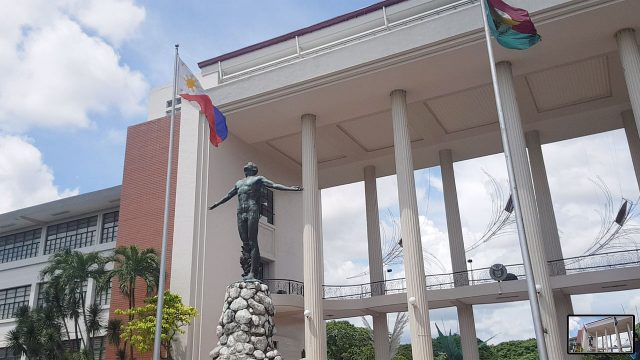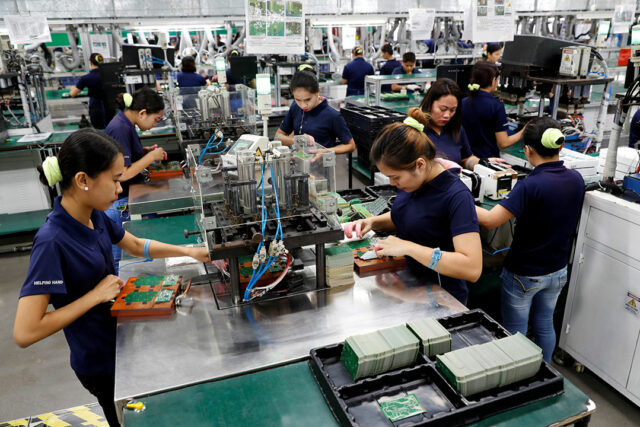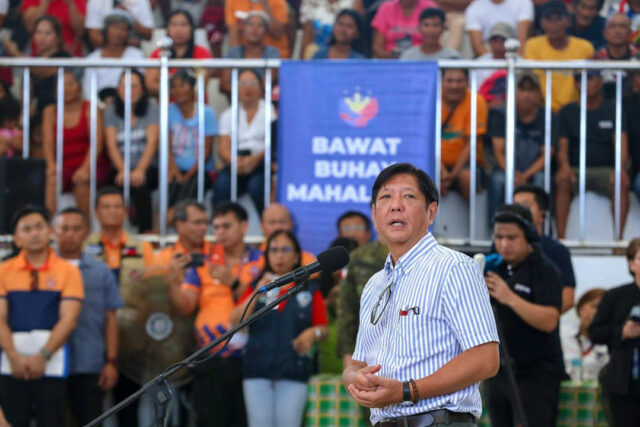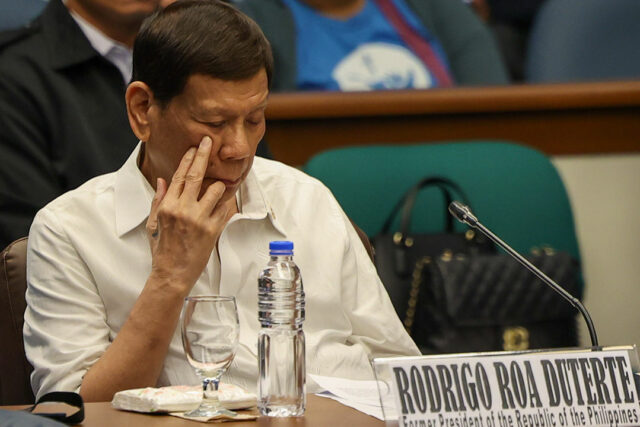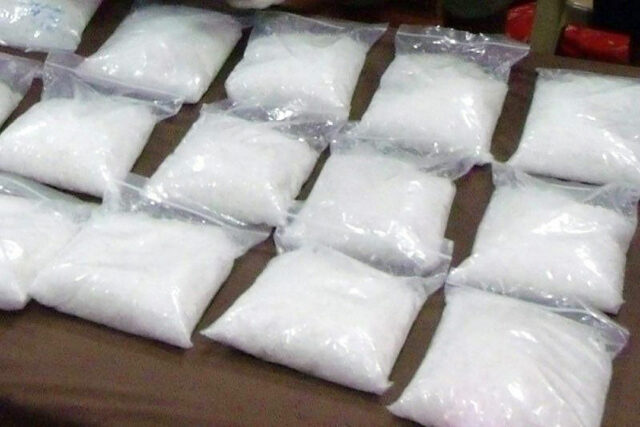By Kyle Aristophere T. Atienza, Reporter
CLIMATE CHANGE and calamities caused by government inaction remain as unpopular electoral issues even as the Philippines continues to top the list of countries most vulnerable to disasters, analysts said as they called for a stronger push among civil society groups, opposition forces, and the academe.
There are academic institutions and nongovernment groups pushing for “credible” climate-related policies but efforts to popularize them at the local and national levels remain weak, said Georgi Engelbrecht, senior analyst for the Philippines at international think tank Crisis Group, in an X message.
“Elevating them to national and local government levels is the biggest challenge.”
As for opposition groups, Mr. Engelbrecht said technical expertise in climate change remains a key challenge.
“Working together at the nexus of United Nations, international NGOs (nongovernmental organizations), local organizations and the academe is key,” he added.
A new low pressure area (LPA) that entered the Philippine area of responsibility on Saturday has developed into a tropical depression, just weeks after the country was battered by Severe Tropical Storm Trami (Local name: Kristine) that caused massive flooding in the Bicol region and Super Typhoon Kong-rey (Leon) that hit the northernmost province of Batanes.
Latest government data showed that the death toll from the combined effects of Trami and Kong-rey had hit 160, while the number of affected Filipinos had climbed to 9.6 million.
This was followed by Typhoon Yinxing (Marce), which heavily hit Cagayan where more than 76,000 families or over 261,000 individuals were affected, based on an 8 a.m. report of the National Disaster Risk Reduction and Management Council (NDRRMC) on Nov. 10.
Maria Ela L. Atienza, a political scientist who has written studies on government responses to disasters, said climate change and DRRM should have been major election issues since the devastation of Super Typhoon Haiyan (Local name: Yolanda), which killed as many as 6,300 Filipinos mostly in the central Philippine province of Leyte in November 2013.
“Remember when Yolanda happened? We have laws related to climate change and DRRM. The problem is that our political parties are weak, and people vote on the basis of personalities,” she said in a Viber message.
Ms. Atienza said in countries where political parties are strong and are forced to act on issues, the green agenda has a chance to be a major election issue.
“However, you need an empowered set of voters and groups such as Green Parties literate on climate change and DRRM issues to lead,” she added.
“Scientists and experts also need to have a stronger voice. A responsible media is also needed.”
A recent survey by polling firm WR Numero showed eight in 10 Filipino millennials — or people aged 28-43 —and Gen Z or people aged 27 and younger were heavily concerned over the changing climate.
The March 2024 survey noted this is compared to 69% of Gen X and 64% of the Baby Boomers and Silent Generation. The figures are also higher than the national average of 74%.
Gen X are people born from 1965 to 1980, while baby boomers are those born from 1946 to 1964. The silent generation, meanwhile, are those born from 1928 to 1945.
WR Numero said 22% of baby boomers and the silent generation, and 18% of Gen X, were unsure about the negative impacts of climate change.
Climate change and DRRM issues could be major points of debate during the elections “if and only if advocates manage to attach it effectively to more pertinent issues for ordinary citizens like employment and corruption,” said Anthony Lawrence A. Borja, who teaches political science at De La Salle University.
“On their own, these issues are subject to being dismissed via romanticizing resilience and simply focusing on post disaster policies and programs,” he said in a Facebook Messenger chat.
“Simply put, comparable to being stewed slowly in our own juices, the Filipino electorate is under an ideology of resilience towards natural disasters that only shared and individual trauma can break.”
A recent Harvard Humanitarian Initiative (HHI) report released before the Philippines marked the 11th anniversary of Yolanda’s devastation on Nov. 8 said the level of self-reported disaster preparedness among Filipinos has increased by 42% “on average over the past seven years.”
Data it collected from 4,608 Filipinos across all regions from February to March 2024 got an average score of 19.2 out of 50 across five objective measures of disaster preparedness: planning, training, material investment, information, and social support.
“This is a significant improvement from an average score of 13.5 out of 50 in a pioneering study conducted by HHI in 2017 using the same methodology and instrument,” it said.
“However, it is not enough for a country with the highest disaster risk in the world.”
In a separate report on Trami’s devastation using the same data, the Initiative said Bicolanos used to experiencing and recovering from disasters “but not necessarily better prepared for them.”
In the survey, Bicolanos said they experienced some of the highest levels of exposure to past disasters (89%), especially typhoons and tropical storms (77%), with 40% reporting high or extreme risk and 65% experiencing impactful disasters in the last five years (65%).
After enduring disasters, Bicolanos identified financial and material losses as the greatest impacts (89%), which 77% of the Filipino population also experienced, the Initiative said.
Bicolanos also cited experiencing mental health impacts (15%), followed by displacement (12%) and physical health impacts (11%).
Local government units are critical for disaster preparedness in the Philippines “as they lead various actions like routine training and drills, investment in evacuation centers, and effective early warning systems,” Patrick Vinck, director of research at the Initiative, said in the report.
Ms. Atienza said there are many laws that put a lot of responsibilities on LGUs, including the Philippine DRRM law and the Local Government Code of 1991. “It is the responsibility of progressive groups, the civil society, the academe, and the media to highlight these responsibilities and help people seek accountability.”
In the aftermath of Trami and Kong-rey, President Ferdinand R. Marcos, Jr. defended the government’s flood control systems, saying they had been overwhelmed.
“They didn’t withstand it (Kristine) because it was the first in Philippine history. We only experienced it now,” he said, noting that the country did not expect it would be hit by a storm as powerful as Kristine, which he said dumped about 700 millimeters of rain — almost double that of Ketsana, which submerged parts of Metro Manila and killed more than 200 people in 2009 as it dumped more than 400 millimeters of rain.
Before Trami, the Philippines in July was hit by Super Typhoon Gaemi (Local name: Carina), killing dozens and submerging parts of the capital region and nearby provinces in floodwaters.
A World Weather Attribution study on Gaemi said human-induced climate change was enhancing conditions conducive to typhoons. It noted that the Philippines and two other countries affected by Gaemi have weak urban plans and flood infrastructure, which cannot withstand climate change-driven floods.
“A serious climate and disaster response cannot simply involve voting people in. It requires constant communal education and local institution building, plus investing in sustainable cities that incentivize less cars and usage of fuels that contribute to greenhouse warming,” said Hansley A. Juliano, who teaches political science at the Ateneo de Manila University.
“The laundry list of local legislation that can be done is actually being done already, and perhaps it would be to the benefit of local legislators and executives to lean on it,” he said via Messenger chat.
“People have experienced the effects of climate change and poor government response. They should use their own experiences to make government and officials accountable, much like COVID-19 response should have been a big election issue in the 2022 and 2023 elections,” Ms. Atienza said.
The Philippines remained the most disaster-prone country for the 16th straight year in the World Risk Index, which assesses the disaster risk for 193 countries using 100 indicators.
A 2024 Green Economy Report for Southeast Asia led by Bain & Company said the Philippines saw a 57% increase in “green” investments to $1.46 billion in 2023, but still falls short of the over $16 billion in required capital investments needed for its green transition.
Mr. Marcos last month said climate change’s damage to the national economy could reach up to 7.6% of the gross domestic product by 2030.

